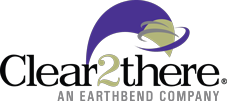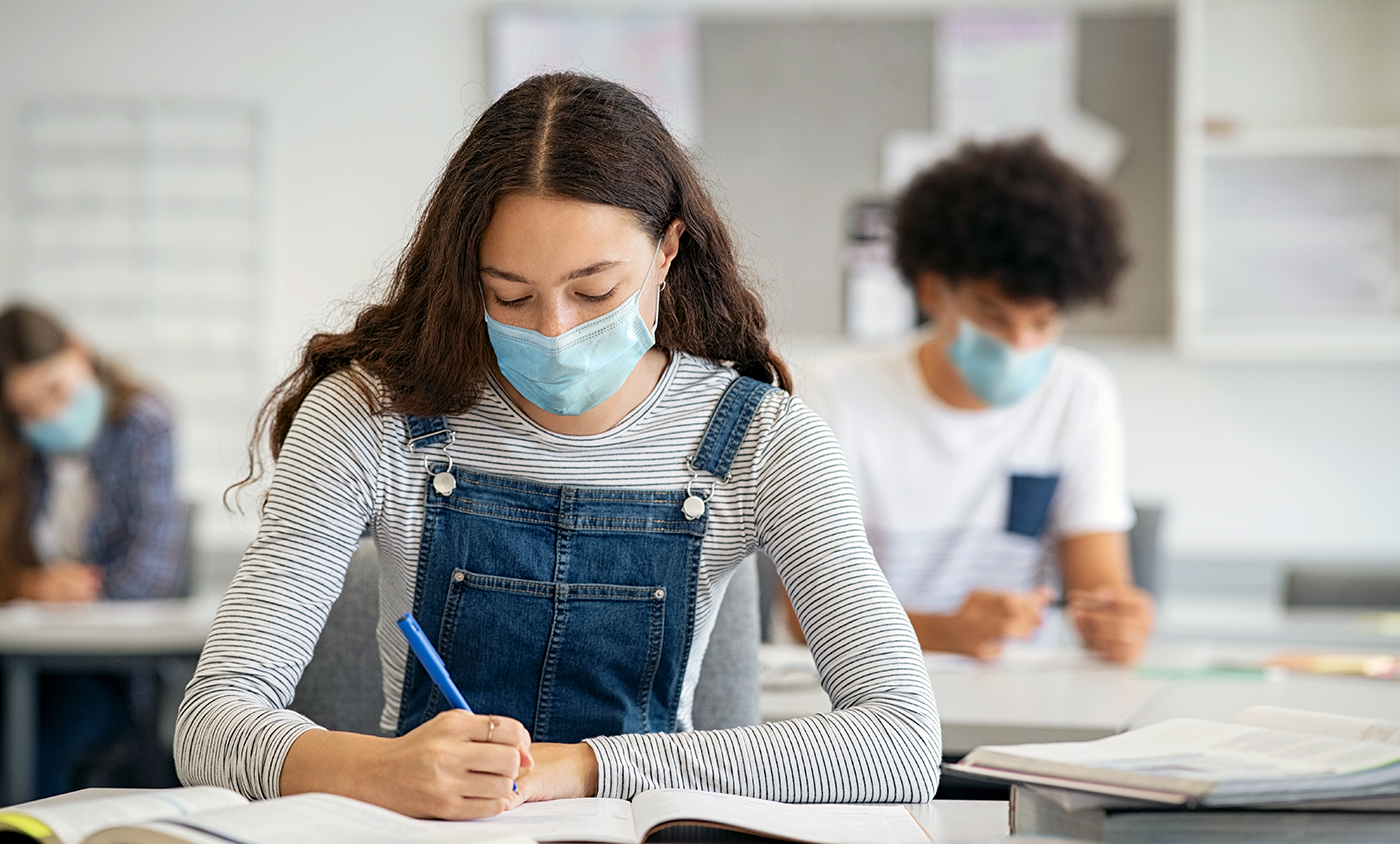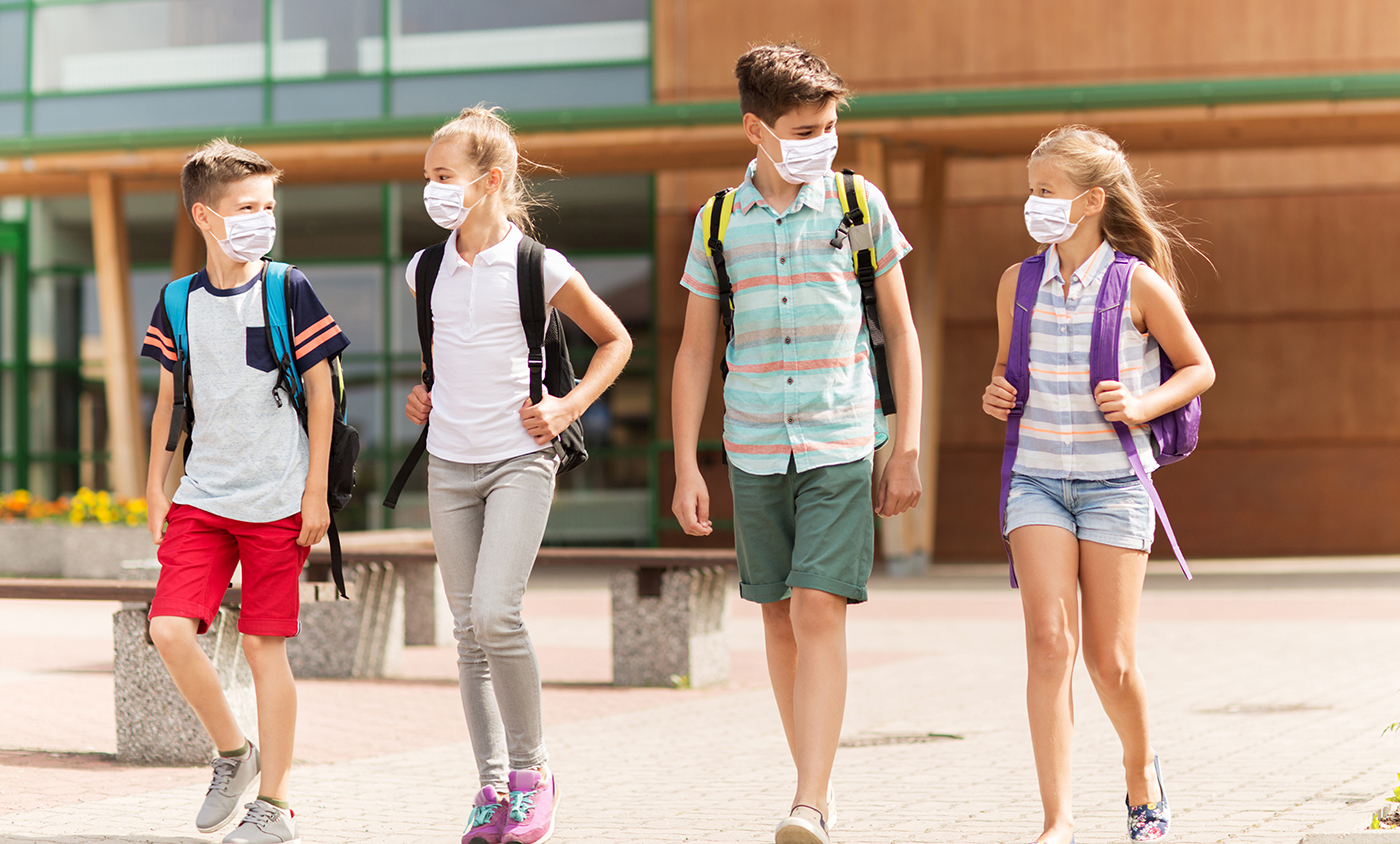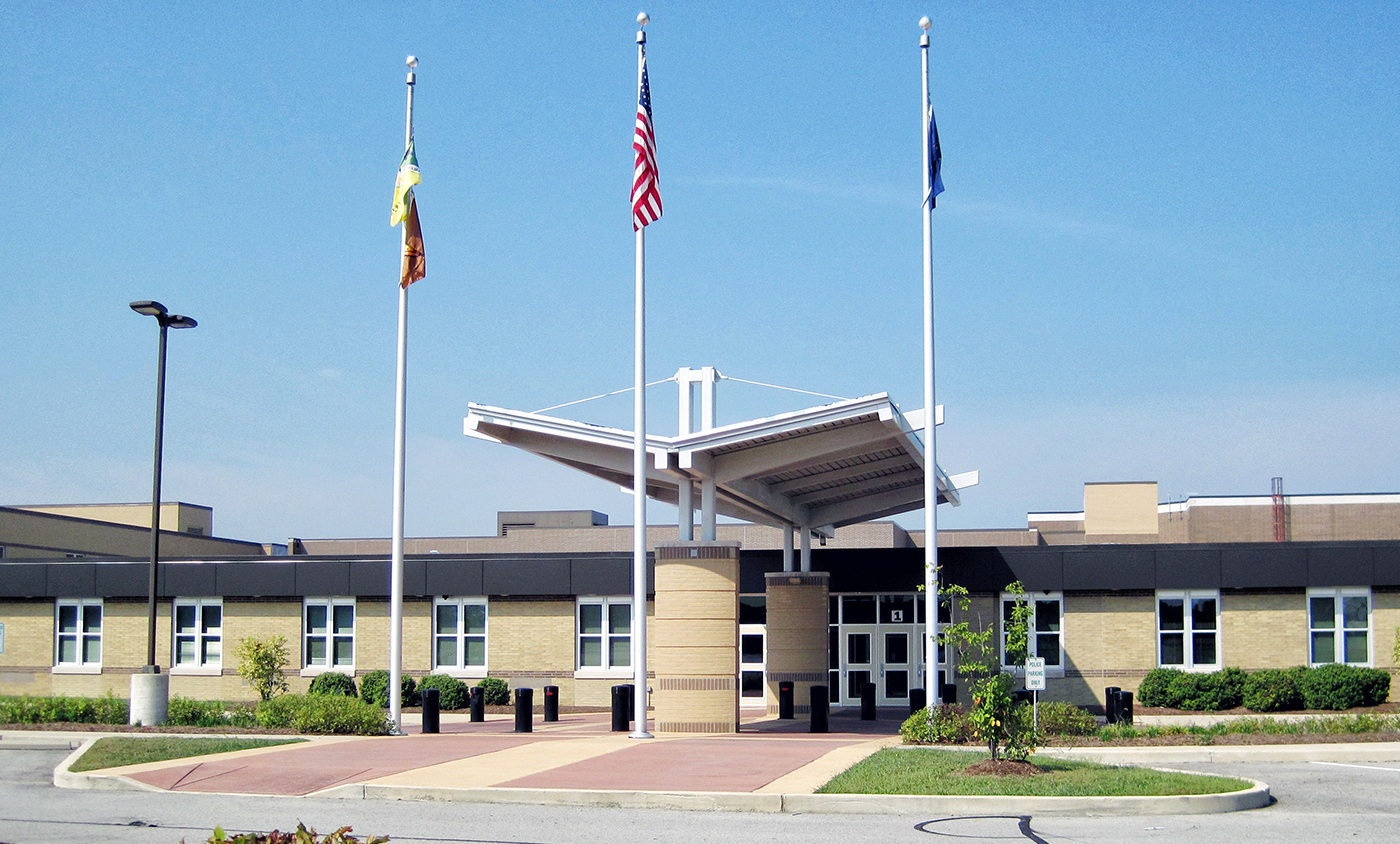The Challenge: Preventing COVID-19 Spread Across School Campuses
Mount Gilead is a village located in Morrow County, Ohio, 41 miles northeast of Columbus. Mount Gilead Exempted Village School District is known for the care it provides to each of its approximately 1,200 students. As a small town community, Mount Gilead prides itself on being a very outcome-focused school district. In the face of the COVID-19 pandemic, that mindset factored prominently into the development of Mount Gilead’s reopening plan for the 2020 – 2021 school year.
As in other states across the country, Morrow County and Mount Gilead School District leadership regards the reopening of their schools for in-person learning as vital to the health and overall well-being of students. They believe the academic, developmental, and social support provided at school is necessary to ensure the children in their community continue to learn and attain new skills. For Mount Gilead School District, striking a balance of safe instruction and infection prevention underpinned their COVID-19 management strategy planning efforts.
Mark Ames, a technology consultant contractor, is tasked with helping, guiding, and directing Mount Gilead School District to incorporate technology to ensure the best learning experience for students. In identifying and recommending a temperature screening technology solution, Ames knew he needed to ensure alignment with federal, state, and local guidance, as well as address the unique perspectives and concerns of the Mount Gilead School District Board of Education members.
Like other school districts, Ames and the Mount Gilead district leadership team were operating under strict time constraints to get a solution in place to support student re-entry for the upcoming school year. “I was working on a solution to conduct temperature scanning, and hoping, praying, that students would be back in the school in the fall,” Ames says. “I knew I had a short time window in which to install and implement a solution that could be managed by the district to provide the services we believed would be required. We were also following the multitude of guidelines given by the state of Ohio and the local and state health departments concerning what we needed to do to open up the buildings safely.”
The Solution: Deployment of Clear2there Body Temperature Measurement Systems
While managing all of those different dynamics could prove challenging, Ames had a clear vision for what a suitable technology solution would need to deliver. “I was looking for an enterprise-class product that could be managed remotely, enabling temperatures to be taken in an automated, non-contact manner. If this was going to be a way we fight viruses or significant illnesses in the future, that managed service concept was very important,” explains Ames. “The product Clear2there offered was an enterprise solution that could be hands-off, and could take temperatures without human intervention.”
The Clear2there Body Temperature Measurement System met Ames’ expectations in those key areas, while also allowing him to convey to district leadership the cost-saving and operational efficiency benefits of the solution. “I centered the sale concept to the superintendent on the premise that we’re not utilizing human resources to take temperatures of children and staff. It’s a remote resource that is providing the service, and we’re not expending personnel dollars on time spent taking temperatures, making it a more effective and efficient process,” says Ames.
With buy-in and approval obtained from district leadership, Ames was able to integrate the Clear2there solution as a key component of Mount Gilead’s reopening health and safety plan, deploying a total of six systems across all of their campuses. “We looked at the student and staff flow into the buildings to determine how we could scan temperatures in a way that would be most effective and efficient and not disrupt the operation of the facilities,” Ames says. “They have three buildings here, elementary, middle school, and high school, so we covered the student and staff entrance and a bus entrance at each school building.”
Along with monitoring the normal, day-to-day incoming traffic at the three schools, Ames also had an eye toward managing other events that could drive more visitors to Mount Gilead’s high school campus. “In the high school we wanted to be able to scan parents and community members coming into the building for outside fall and winter activities, like basketball, volleyball, and so forth. That would give us an opportunity to get a pretty good capture of who was coming in to the facility,” says Ames.
According to Ames, community and staff response to the deployment of the Clear2there thermal screening systems has been resoundingly positive. “The community was encouraged that the district was trying to open up and get children in seats and in the building, so they were happy with that. The staff and administrative team members were elated that we had the cameras, and really appreciated that I was going forward with a device that streamlined the process of taking temperatures and that we were being proactive,” says Ames.
Similar to studies showing the proactive crime prevention advantages associated with deploying video surveillance cameras, Ames believes that community awareness of the Clear2there thermal camera systems has actually served as a deterrent, discouraging those who may be ill from even attempting to enter the Mount Gilead school facilities. “It became common knowledge very quickly in the community that we had these thermal cameras installed,” explains Ames. “So people were deterred from entering a facility or the district buildings if they had a temperature.”
Ames also expects the Clear2there system could deliver ongoing value for the district and the larger community by potentially heading off and managing future infectious disease outbreaks. “I think it is a really proactive solution, and it could help the local health departments. Maybe we can isolate cases of future illnesses before we infect entire facilities, students, and staff, and possibly family members and community members as well. I think it allows that to happen, where we didn’t have that ability before,” says Ames.






